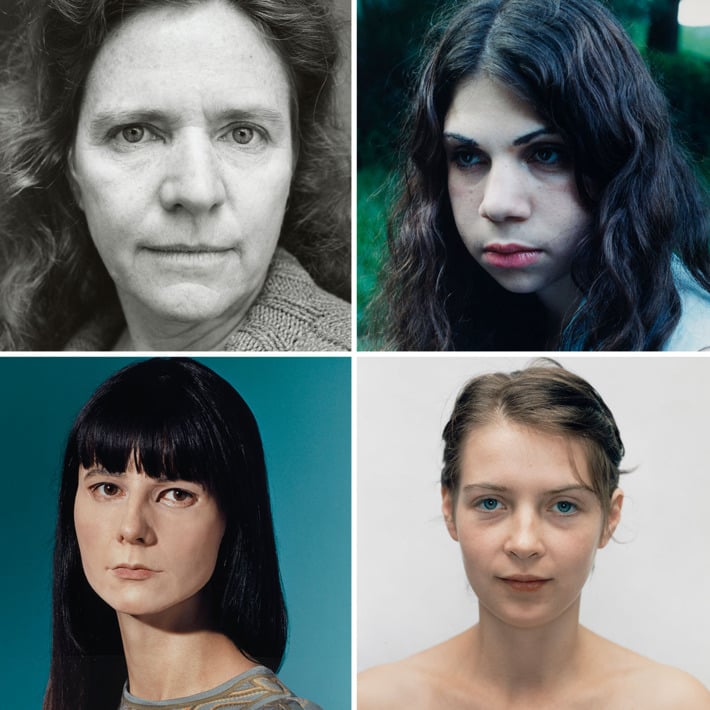Art World
Art Experts Easily Tricked by Prestige, Study Claims
Herd behavior in the art world? You don't say.

Herd behavior in the art world? You don't say.

Artists and scientists sometimes have similar working methods, but what happens when the experimental gaze of scientific researchers turns to the subjective experience of looking at, and evaluating, art?
Two Belgian researchers, Jan Verpooten and Siegfried Dewitte, from the University of Leuven’s Faculty of Economics and Business, recently published “The Conundrum of Modern Art,” and found that art experts didn’t fare any better than non-experts at distinguishing real works of art from decoys.
“The Conundrum of Modern Art” used a deceptive method. The experiment presented volunteers from European museums and non-art-expert students with images of works of art from MoMA’s collection—close-up photographic portraits of women—and “fakes”—close-up photographic portraits of women, passport-style, produced for the study.
Some images, “real” and “fake”, were imprinted with a MoMA watermark, and, as the The Science of Us, a NY Magazine blog series, “the experts…were just as bad as the students at spotting the fakes and in fact were more likely to say that the genuine MoMA works were fake than they were to call out the fakes.”
The Science of Us took the results to mean “It Is Pretty Easy to Get Art Experts to Fall for Fakes.” What tricked the experts was clearly the watermark: “While the laypeople weren’t swayed by the watermark, the art experts were, preferring the fakes if they had the prestigious stamp.”
The researchers then conclude: “The finding suggests that art experts are particularly inclined to agree with what has previously been deemed prestigious, rather than evaluating work solely on its own merits.”
In short, the study’s outcome is summed up by the (wordy) subtitle of its abstract: “prestige-driven coevolutionary aesthetics trumps evolutionary aesthetics among art experts.” The former method of aesthetic evaluation relies on external signals, like a solid provenance, affiliation with a museum or reputed auction house, or authorship by an artist the “expert” knows to be significant in some way. The latter refers to pure aesthetic beauty, like that one might find in a sunset, or a blemish-free face with symmetrical features.
But the Art Market Monitor rebuked, writing “The [Science of Us] story is presented with a misleading frame about fakes but that’s not what the study measures.” Scrutinizing the study’s methodology, Marion Maneker says, “The question here is what is art, especially when there are many recognized works of art that do not seem to rely upon overt skill.”
When broken down, it all seems obviously intuitive to art world insiders. Art’s value doesn’t lie in evolutionary beauty—collectors (mostly) aren’t trying to mate with their art, they want something to ponder, appreciate, and live with; museums aren’t trying to woo visitors, but provoke them, teach them something, or move them.
The results seem in the same vein as the story of the sommelier, tricked into judging low-quality wine as top-notch when presented with a luxury label. Art, like wine, is about the experience, not scientific trials and slide IDs.